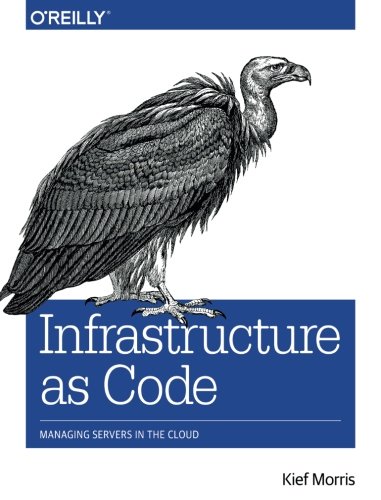

Most ebook files are in PDF format, so you can easily read them using various software such as Foxit Reader or directly on the Google Chrome browser.
Some ebook files are released by publishers in other formats such as .awz, .mobi, .epub, .fb2, etc. You may need to install specific software to read these formats on mobile/PC, such as Calibre.
Please read the tutorial at this link. https://ebooknice.com/page/post?id=faq
We offer FREE conversion to the popular formats you request; however, this may take some time. Therefore, right after payment, please email us, and we will try to provide the service as quickly as possible.
For some exceptional file formats or broken links (if any), please refrain from opening any disputes. Instead, email us first, and we will try to assist within a maximum of 6 hours.
EbookNice Team

Status:
Available0.0
0 reviewsThis book explains how to take advantage of technologies like cloud, virtualization, and configuration automation to manage IT infrastructure using tools and practices from software development. These technologies have decoupled infrastructure from the underlying hardware, turning it into data and code. "Infrastructure as Code" has emerged alongside the DevOps movement as a label for approaches that merge concepts like source control systems, Test Driven Development (TDD) and Continuous Integration (CI) with infrastructure management.
Virtualization and cloud make it easy to rapidly expand the size of infrastructure, but the habits and practices we used in the past with hardware-based infrastructure don't keep up. Teams end up with hundreds of servers, all a bit different, and find themselves unable to fully automate their infrastructure.
The book will go through the challenges and problems created by all these wonderful new tools, and the principles and mindset changes that a team needs to make to use them effectively. It describes patterns, practices, and ideas that have been adopted from software development, especially Agile concepts, and brought into the IT Ops world as part of the DevOps movement. These ways of working have been proven in many organizations, including well known names like Netflix, Amazon, and Etsy, and also in more established organizations including publishers, banks, and even the British government.